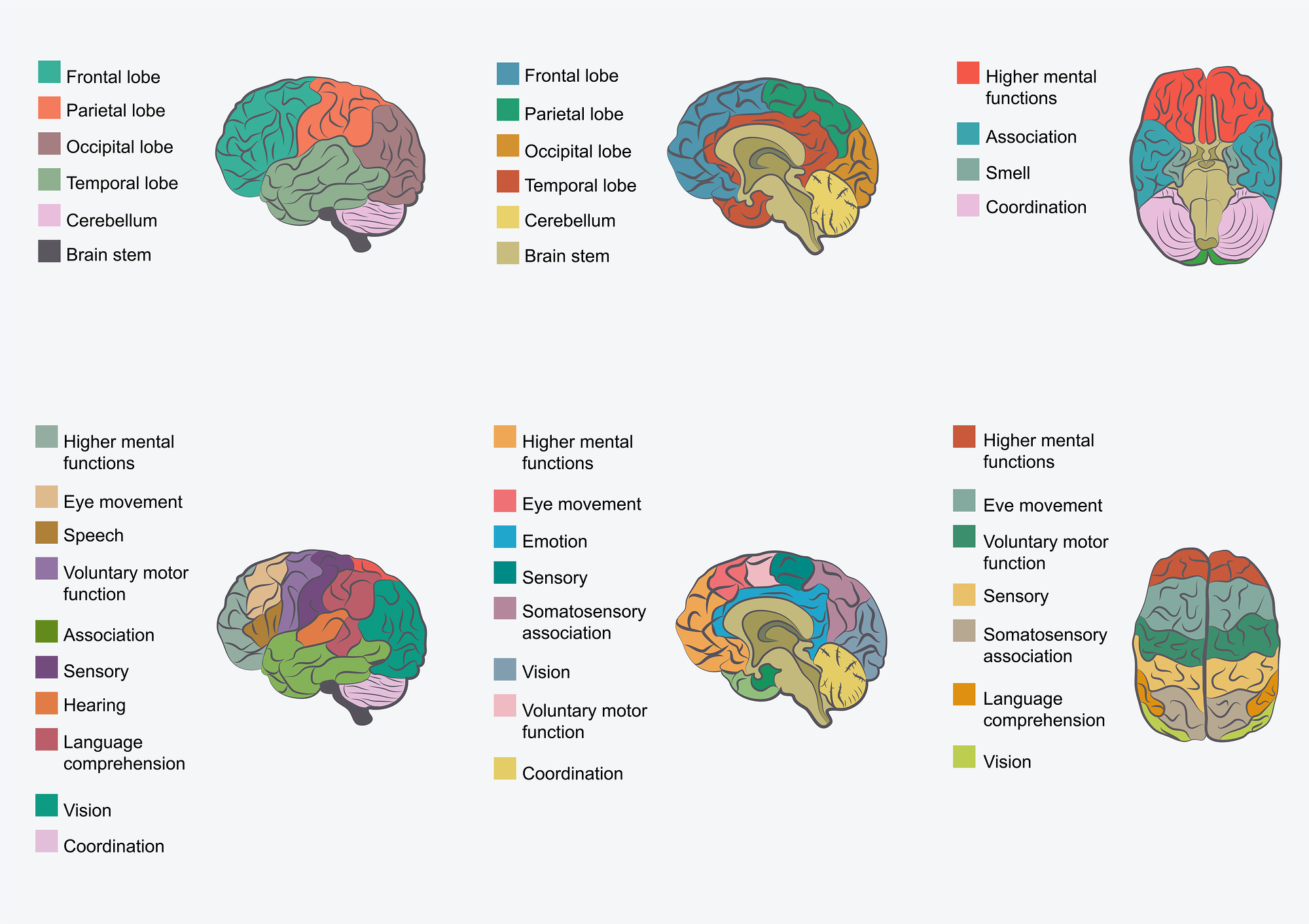
Chronic pain can be associated with movement abnormalities. The primary motor cortex (M1) has an essential role in the formulation and execution of movement. A number of changes in M1 function have been reported in studies of people with chronic pain. This review systematically evaluated the evidence for altered M1 structure, organization, and function in people with chronic pain of neuropathic and non-neuropathic origin. Database searches were conducted and a modified STrengthening the Reporting of OBservational studies in Epidemiology checklist was used to assess the methodological quality of included studies. Meta-analyses, including preplanned subgroup analyses on the basis of condition were performed where possible. Sixty-seven studies (2,290 participants) using various neurophysiological measures were included. There is conflicting evidence of altered M1 structure, organization, and function for neuropathic and non-neuropathic pain conditions. Meta-analyses provided evidence of increased M1 long-interval intracortical inhibition in chronic pain populations. For most measures, the evidence of M1 changes in chronic pain populations is inconclusive.
This review synthesizes the evidence of altered M1 structure, organization, and function in chronic pain populations. For most measures, M1 changes are inconsistent between studies and more research with larger samples and rigorous methodology is required to elucidate M1 changes in chronic pain populations.
No comments:
Post a Comment